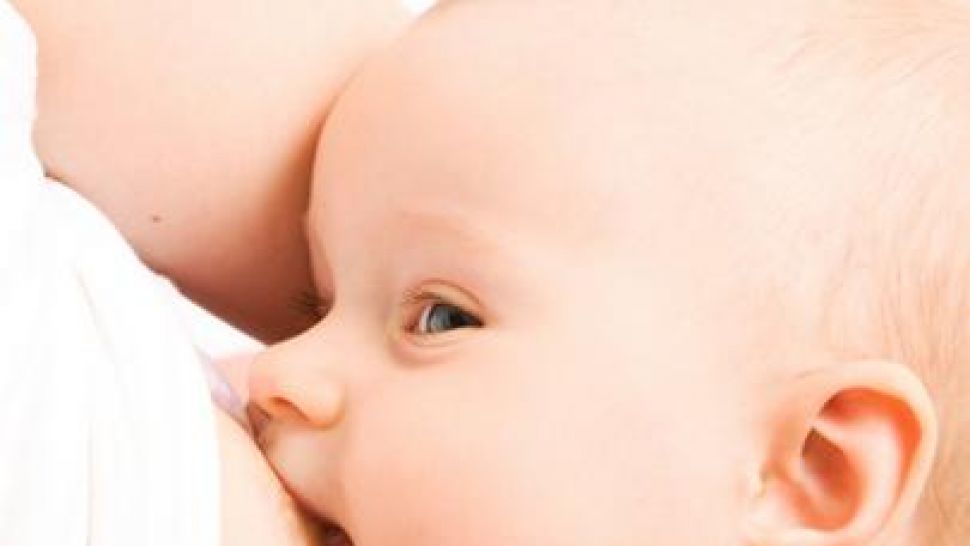The scientific team from several Spanish and Finnish universities led by Alex Mira and Erika Isolauri enumerated and identified all microorganisms in breast milk. It also turns out that the composition and amount of bacteria in breast milk constantly change with the age of the baby.
For their discovery, the scientists kept documentation for ten years, recording important characteristics of pregnant women – the presence of excess weight, mode of delivery, and peculiarities of breastfeeding. Women provided breast milk samples immediately after giving birth, a month and a half years later.
Colostrum contains the largest amount of bacteria. It is dominated by Streptococcus, Lactococcus, Leuconostoc, Weissella, and Staphylococcus. A month after birth and half a year later, bacteria of the genera Veillonella, Leptotrichia, and Prevotella, which are usually found in the oral cavity, are mainly found in it.
The researchers found that the composition of the microflora of breast milk depends on various factors already from pregnancy. For example, the diversity of bacteria in breast milk is less when the mother is overweight.
The team’s next step is to determine whether the role of the bacteria in breast milk is to promote immune system development or metabolism. If it turns out that the bacteria support the development of the baby’s immune system, then including breast milk in formula milk will reduce the risk of allergy, asthma, and autoimmune diseases, the research team concluded.
